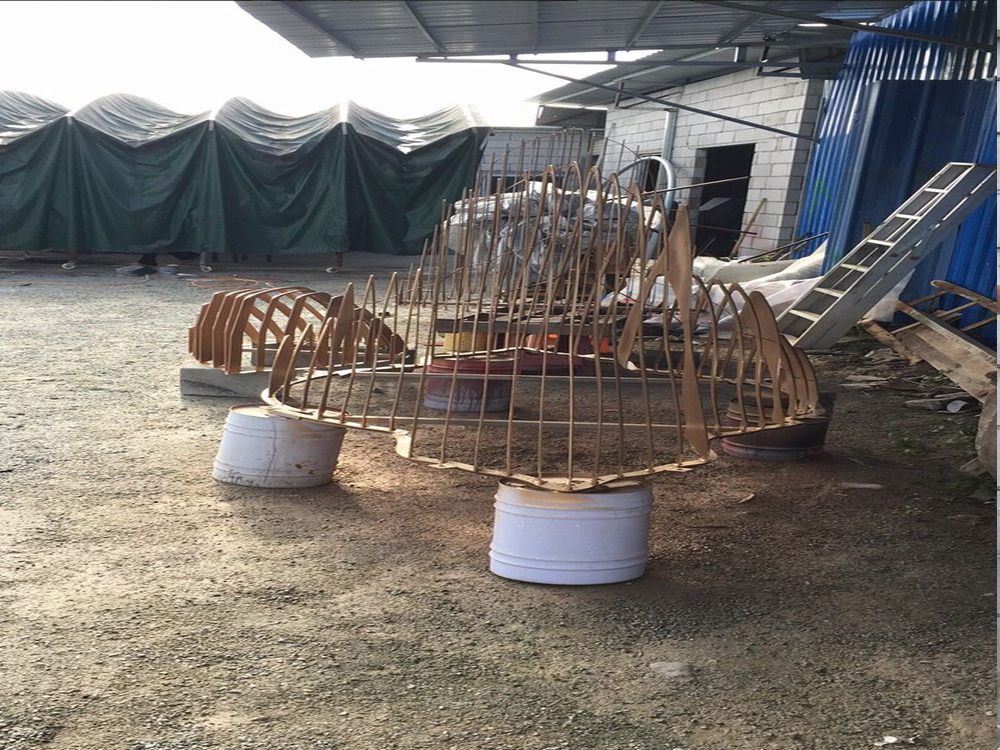
In minimalist installations, bronze sculptures transcend their materiality to become dynamic mediators between shadow and light. The interplay begins with the sculpture's form—clean lines, geometric precision, or organic abstractions—each contour designed to catch and deflect illumination. Natural or artificial light sources transform static bronze into ephemeral compositions, where shadows stretch, compress, or fragment across adjacent surfaces.
The patina of bronze—whether dark oxidized or polished gold—further modulates this interaction. A matte finish absorbs light, softening edges and blending with shadows, while reflective surfaces create sharp contrasts, casting intricate patterns onto walls or floors. Time becomes a collaborator: daylight shifts animate the sculpture differently at dawn versus dusk, and artificial lighting can choreograph dramatic transformations in gallery settings.
Minimalism’s sparse environments amplify this dialogue. Uncluttered spaces turn shadows into secondary artworks, while strategic placement allows sculptures to "draw" with light. The result is a sensory experience where the sculpture exists not just as an object, but as a catalyst for spatial poetry—proving that in stillness, bronze can make light dance.

